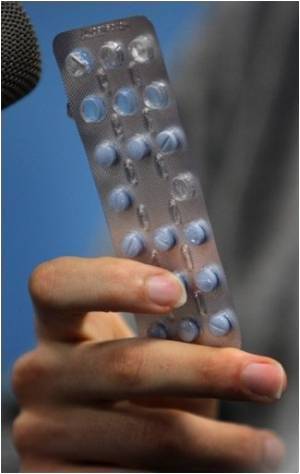
Drugs frequently interact with more than one target, with hundreds of these targets linked to the side effects of clinically used therapeutics.
Focusing on 656 drugs that are currently prescribed, with known safety records or side effects, the team was able to predict such undesirable targets - and thus potential side effects - half of the time.
That's a significant leap forward from previous work, which has never tackled hundreds of compounds at once, according to Brian Shoichet, PhD, a UCSF professor of pharmaceutical chemistry who was the joint advisor on the project alongside Laszlo Urban, MD, PhD, at Novartis.
As a result, it offers a possible new way for researchers to focus their efforts on developing the compounds that will be safest for patients, while potentially saving billions of dollars each year that goes into studying and developing drugs that fail.
"The biggest surprise was just how promiscuous the drugs were, with each drug hitting more than 10 percent of the targets, and how often the side-effect targets were unrelated to the previously known targets of the drugs," Shoichet, whose lab is renowned for its work in using computational simulations to identify new targets for known drugs, said.
Advertisement
Adverse drug effects are the second most common reason, behind effectiveness, that potential drugs fail in clinical trials, according to the paper. The cost of developing an approvable drug is frequently cited at about 1 billion dollars across 15 years, although recent estimates have ranged as high as 4 billion dollars to 12 billion dollars per drug, depending upon how many of these failures are included in the estimate.
Advertisement
It also offers the possibility for identifying possible new uses for medications that are already on the market, according to Peter Preusch, Ph.D., who oversees structure-based drug design grants at the National Institutes of Health's National Institute of General Medical Sciences, which partly supported the study.
"By providing a way to identify the unintended targets of a drug, this advance will not only help streamline the drug development pipeline, but also will provide valuable guidance in efforts to repurpose existing drugs for new diseases and conditions," Preusch said. "This work represents a notable contribution that is likely to find broad applications in the pharmaceutical arena."
The project builds on UCSF's legacy as a leader in developing computer-based approaches to efficiently screen millions of chemicals for those with the best potential for drug development.
The UCSF School of Pharmacy was the first to develop computer-based molecular "docking" software, which both public and private researchers use to visualize how potential drugs might attach to target molecules to inhibit their function.
The project was supported by the National Institutes of Health and by the QB3 Rogers Family Foundation Bridging-the-Gap Award.
The findings were published in the journal Nature.
Source-ANI










